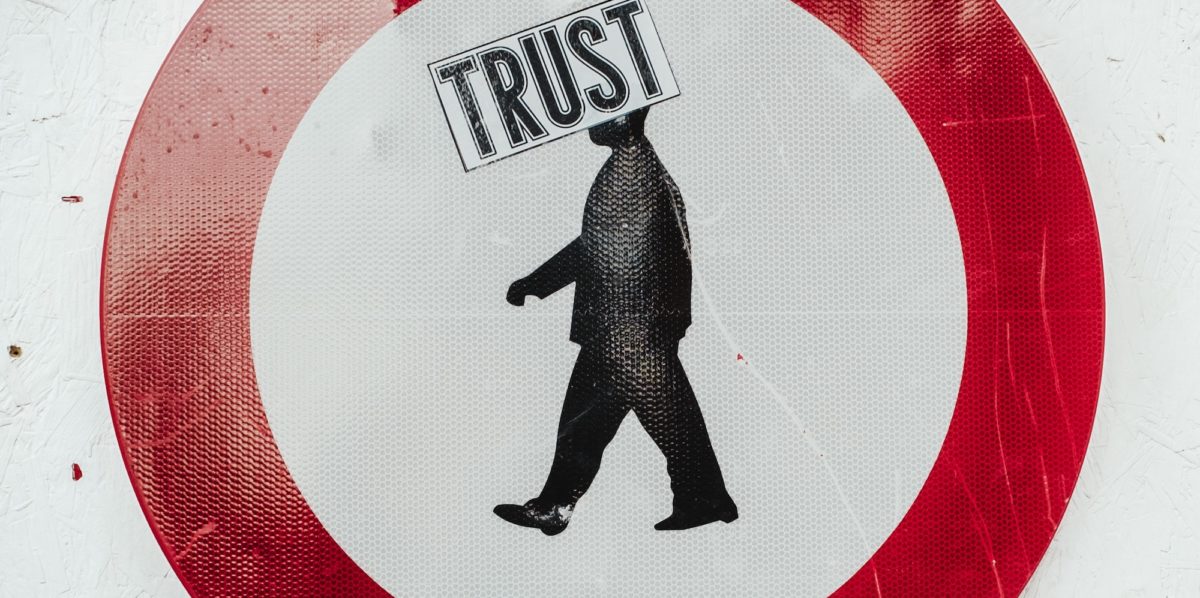During my studies for the upcoming exams, I decided to write another blog on a concept that is important for the exam but somewhat difficult to grasp. This blog will focus on network effects and how Foodora had to pull the plug on their operations in the Netherlands.
On the 16th of October 2018, Foodora delivered their last order. Foodora was active, in the Netherlands, since July 2015. Their focus was on delivering food for restaurants that did not have a delivery service before. They also tried to connect restaurants to customers that offered something else than fast food. In 2015, there were little options for ‘healthy’ delivery alternatives. So that meant they focussed on a different segment of customers, that weren’t served by other delivery platforms, like thuisbezorgd.nl.
How did the platform of Foodora work? I would argue that it is a cross-sided positive network effect. When there are customers joining the platform, more restaurants want to join the platform since the market is becoming bigger. If there are more restaurants in the platform, more customers can be satisfied, so because of the bigger supply, more customers can be satisfied in their demand (Eisenmann, 2006).
Foodora were providing a different platform service compared to, for example, Uber. Uber connects drivers with customers in need of transportation through their platform. However, Foodora developed a platform and employed deliverers to connect the restaurants with the customers on the platform.
Foodora had to quit their delivery business in the Netherlands because of the fierce competition among the market of delivery platforms in the Netherlands. Other delivery platform firms recognized the market for healthier delivery alternatives and thus began competing with Foodora. Foodora tried to sell their business platform, however did not find a willing buyer. Therefore, the decision was made to stop all activities in the Netherlands (Boogert, 2018; Misset Horeca, 2018).
Boogert, E. (2018). Licht uit bij Foodora in Nederland. [Online] Accessed through [https://www.emerce.nl/nieuws/licht-uit-foodora-nederland] on 20 October 2018.
Eisenmann, T., Parker, G., and Van Alstyne, M.W. (2006). Strategies for two-sided markets. Harvard Business Review, 84(10), 92-101.
Misset Horeca (2018). Foodora Stopt met maaltijdbezorging in Nederland. [Online] Accessed through [https://www.missethoreca.nl/restaurant/nieuws/2018/08/foodora-stopt-in-nederland-101308245?vakmedianet-approve-cookies=1&_ga=2.96017880.539420528.1540035017-16774532.1540035017] on 20 October 2018.






